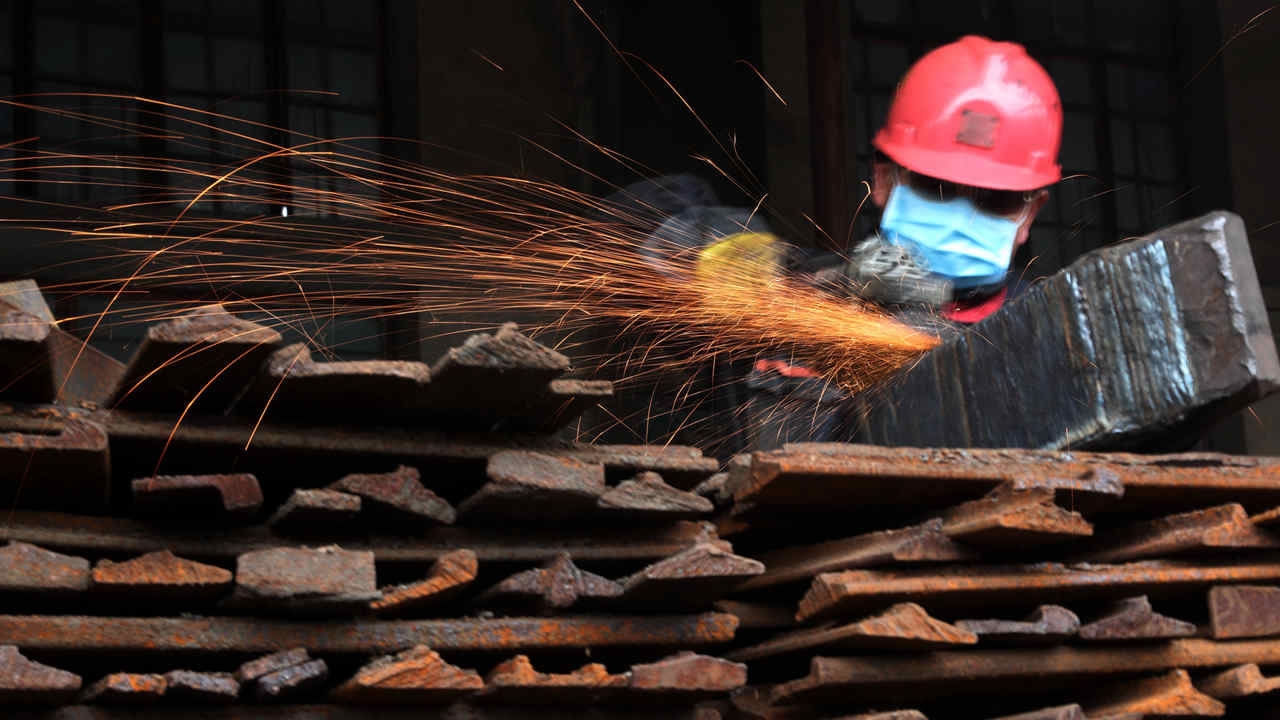By CGTN’s Xia Cheng
Officials have said that consumption has become China’s biggest economic engine, but a new dump of economic data counters that view. It seems that China’s economy may be gathering steam again.
The National Bureau of Statistics (NBS) said Tuesday that factory output in the country picked up pace in the first two months of this year, up 6.3 percent year on the year, beating expectations. The reading is stronger than in December and a year ago.

A worker processes mechanical components in Huaibei, Anhui Province, in January 2017. /CFP Photo
Analysts say China's steel mills are enjoying their best profits in years, despite worries of overheated steel prices. Higher prices for steel and other industrial materials are behind a pickup in factory gate prices for January and February, reversing a downturn in 2016.
But consumer price growth cooled in the period and retail sales growth was well below expectations. That raises doubts about China’s domestic demand. NBS chief economist Sheng Laiyun said the inflation stood at “a moderate level.”
“The drop in CPI growth was due to seasonal factors as we had our Spring Festival earlier this year than the last. The core inflation, without food and energy prices, was 2 percent. The PPI's surge was due to a low-base effect and higher material prices for steel, coal, chemicals and oil.
“Overall, the demand and supply balance in China is improving and I think February was the highest point for PPI growth this year,” Sheng explained.

Sheng Laiyun, the chief economist for the National Bureau of Statistics, in Beijing, on March 14, 2017. /CFP Photo
Meanwhile, fixed-asset investment grew 8.9 percent, overshooting forecasts. Two-thirds of local governments have announced their fixed asset investment targets for 2017, totaling about 50 trillion yuan (7.2 trillion US dollars), three quarters of the 2016 investment volume.
Some experts think those targets are too aggressive given the fact that consumption has become China’s No.1 economic driver.
But other analysts say no, and they argue that those investments are structurally different, joined by private investors, and that the growth of investments in China overall is slowing.
Growth in private investment surged to 6.7 percent in the first two months from 3.2 percent last year, suggesting a brighter view on the economy among private firms. If that momentum can be sustained, it would take the heat off the government, as private investment contributes around 80 percent of China's employment.
7km










